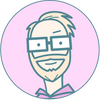What's a Subscription Business Model and How Does It Work?
A regular, monthly influx of revenue from faithful customers? Who wouldn’t want to get in on that?! But how do you know if a subscription is the right approach for you?

A subscription business model is a revenue model in which customers pay a recurring fee, typically monthly or annually, to access a product or service. Unlike traditional sales models that focus on one-time transactions, subscription models emphasize ongoing customer relationships, providing continuous value in exchange for recurring payments.
Subscriptions are already embedded in our culture, so much so that we do not think of them as something special. The average U.S. consumer subscribes to 3.7 services (source), ranging from electricity and apartment rent, streaming services like Netflix or Spotify over office furniture renting like Nuwo, and phone cloud storage iCloud, to (why not?) commerce platforms like Crystallize and productivity apps such as Microsoft Office.
The above should not come as a surprise, as demand is there. As of 2023, the average monthly subscription service spend per consumer in the U.S. was approximately $237 (source).
The subscription model has gained immense popularity for its ability to generate predictable revenue streams, enhance customer retention, and provide businesses with valuable insights into customer preferences and behaviors.
Wow… that’s great, but is it the right fit for your business? Let's explore that.
Benefits of Subscription Business Models
Before diving headfirst into the subscription waters, let's point out several advantages of the subscription model that can revolutionize your business operations and customer relationships. Let’s talk about WHY it might be good for your business.
Predictable Revenue Streams
One of the most significant advantages of subscription business models is the predictability of revenue streams. Unlike traditional sales models that rely on one-time transactions, subscriptions generate consistent and recurring income. This financial stability allows businesses to plan for the future with greater confidence, make strategic investments, and manage cash flow more effectively.
- Example: Software-as-a-Service (SaaS) companies like Adobe and Microsoft (for their Office tools) have transitioned from one-time software purchases to subscription-based models. This shift has provided them with steady monthly revenue, enabling better financial forecasting and resource allocation.
Affordable Prices + Improved Customer Retention and Customer Lifetime Value + Upsells
By charging your customers periodically, you can offer affordable prices to a broader audience and reach those who might not have been interested before.
By continuously providing value, you can enhance customer loyalty and retention. High retention rates reduce the need for constant customer acquisition efforts, which can be costly and time-consuming.
Unlike one-off purchases, your customers will constantly increase your revenue and lifetime value (LTV). This is always good, especially if your funding plan includes investors.
Retaining existing customers can be five times cheaper than acquiring new ones. Since you already have customers who regularly buy from you, you’ll reduce your user acquisition costs (CAC).
In addition, you can allow upselling and cross-selling of new features and additional non-core products, thereby gaining more from the same customer base.
- Example: Spotify, a music streaming service, offers personalized playlists and recommendations to its subscribers. This ongoing value keeps users engaged and less likely to cancel their subscriptions.
Enhanced Customer Relationships
Subscription models make it easier to build communities and foster loyal customers who don’t hesitate to refer others to your product, and that, in itself, is priceless. On the sales side, it is also much easier to upsell to subscribers because they already know and trust your products or services.
- Example: Amazon Prime membership includes additional benefits such as free shipping, access to streaming content, and exclusive deals. These perks enhance the customer experience and satisfaction, making subscribers feel valued and appreciated and more likely to advocate for the service to others.
Data and Insights
Subscription models generate a wealth of data on customer behavior, preferences, and usage patterns. This information is invaluable for businesses, as it can be used to refine products, improve marketing strategies, and deliver personalized experiences. Data-driven insights help companies stay competitive and responsive to market changes.
- Example: Simpler Trading, a Crystallize client, offers monthly subscriptions to trading advice tailored to your profile data.
Challenges of Subscription Business Models
Subscription management is not without challenges. One of the biggest is effective churn management. It involves understanding why customers leave and implementing strategies to retain them, such as improving customer service, enhancing product features, and offering incentives.
Developing a pricing strategy for subscription services can be complex. Businesses must balance affordability with profitability while considering user expectations, market demand, competition, and perceived value.
While subscription models emphasize retention, acquiring new customers remains essential for growth. Customer acquisition costs can be high, especially in competitive markets. Businesses must optimize their marketing and sales efforts to ensure that a customer's lifetime value outweighs the acquisition costs.
Competition increases as more businesses adopt subscription models, leading to market saturation. Differentiating your product/service from competitors becomes crucial, meaning businesses must innovate continuously, enhance their value proposition, and maintain high-quality standards to stand out in a crowded market.
Do not assume that any business can successfully transition to a subscription model without addressing market saturation and consumer fatigue.
Finally, the potential challenges of scaling a subscription business, such as maintaining service quality, managing increased customer support demands, and the technical infrastructure needed for growth, are real. Having a reliable partner for your tech needs, such as Crystallize, certainly helps.
Building a Successful Subscription Business Model
The foundation of a successful subscription business model starts with identifying a specific niche. This means understanding the unique needs and preferences of a target audience in that niche, as well as the pain points you aim to solve with your product/service.
- Example: BarkBox, a subscription service for dog owners, has identified a niche market of pet lovers who enjoy spoiling their dogs with toys and treats. BarkBox has built a loyal customer base and a strong brand presence by focusing on this specific audience and its pain points.
Creating a Value Proposition
A strong value proposition differentiates the service from competitors and attracts potential subscribers. It should address the specific pain points of the target audience and highlight the value they will receive by choosing your product/service.
- Example: Canva’s value proposition is centered on providing easy-to-use design software with a vast library of templates and assets. This appeals to both professionals and amateurs looking for efficient design solutions.
Designing the Customer Journey
Subscription businesses must design an engaging and seamless customer journey. This includes mapping every touchpoint a customer interacts with, from the initial sign-up process to regular communication and support.
- Example: One of Crystallize's clients, Kokkeløren, is a food box delivery service that has streamlined its customer journey by providing an easy sign-up process, customizable meal plans, and timely delivery. Their user-friendly app and website further enhance the overall experience, encouraging long-term loyalty.
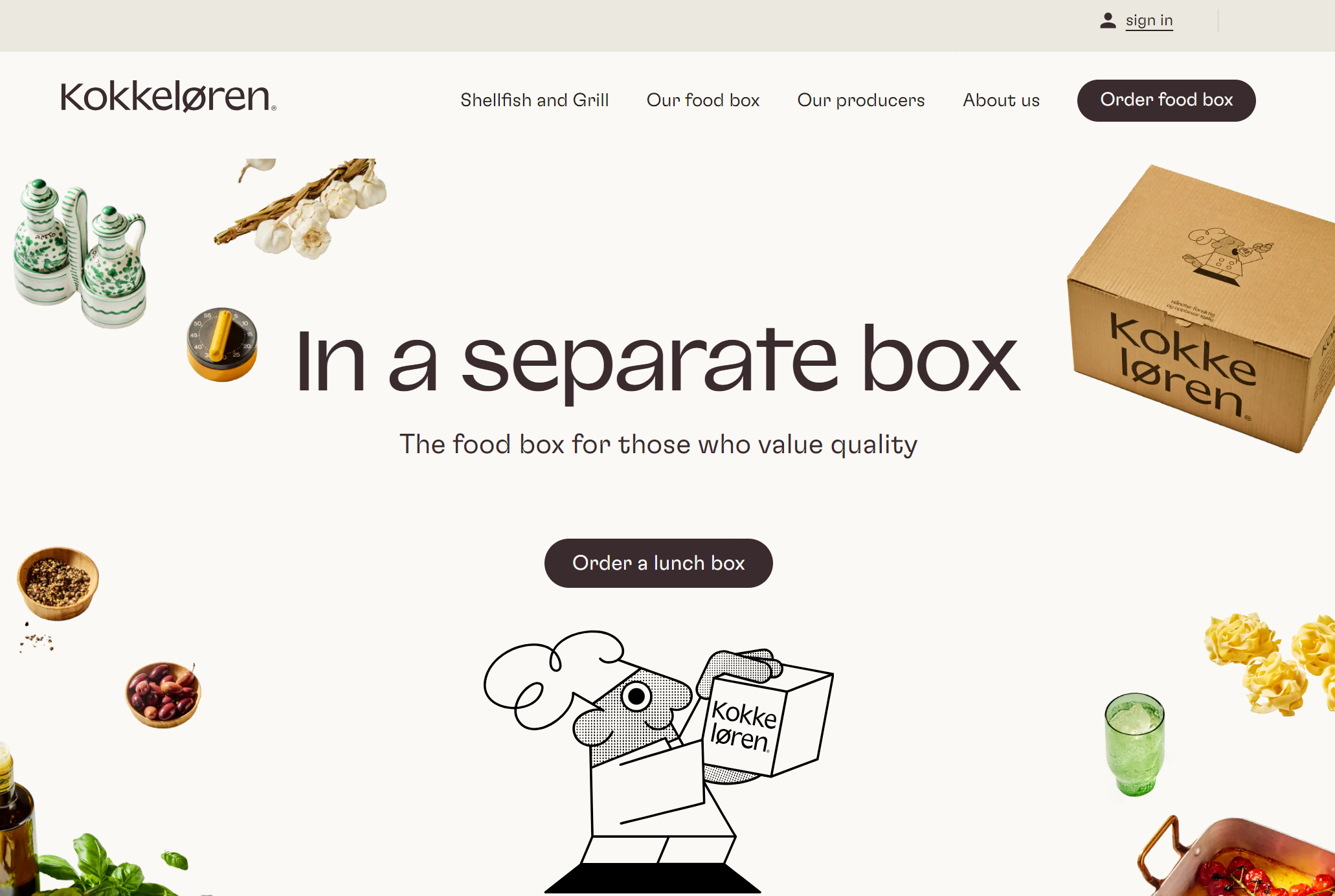
Pricing Strategy and Models
Developing an effective pricing strategy involves balancing affordability with profitability. Standard pricing models include tiered plans, freemium models, and annual subscriptions with discounts. The right pricing strategy can make or break your business.
- Example: Dropbox offers a freemium model, where users can access basic features for free and upgrade to premium plans for additional storage and advanced features. This strategy attracts a broad user base and converts free users into paying customers.
Pricing experimentation can help you find the sweet spot. A well-structured pricing strategy isn't static—it evolves based on customer behavior and market trends. Consider one of these experimentation techniques like A/B Testing Price Points, i.e., compare different pricing tiers to identify the optimal price that maximizes conversions and revenue; Psychological Pricing Tactics, i.e., leverage strategies like charm pricing ($9.99 vs. $10) to influence perception and purchasing behavior; Impact of Discounts on Long-Term Revenue, i.e., assess whether limited-time discounts drive sustainable customer retention or lead to churn after the deal ends.
By continuously testing and refining pricing structures, businesses can unlock sustainable growth while maintaining profitability.
Technology and Tools
Leveraging the right tech and tools is essential for managing subscriptions, enhancing customer experiences, and gathering data insights. The sheer number of available tools is mind-blowing.
- Example: Crystallize is a PIM platform that enables you to create unique, memorable product experiences and sell your products online. It was built for businesses that rely on subscription models. Managing product information and subscriptions from a single source has many benefits.
📥Next.js Subscription Commerce Starter.
Kickstart your subscription commerce journey with this Next.js e-commerce starter written in TypeScript. Seamlessly experiment with flat-fee and usage-based pricing models to generate consistent recurring revenue.
This accelerator is powered by Crystallize’s Discovery API, which helps you launch and scale your subscription business easily.
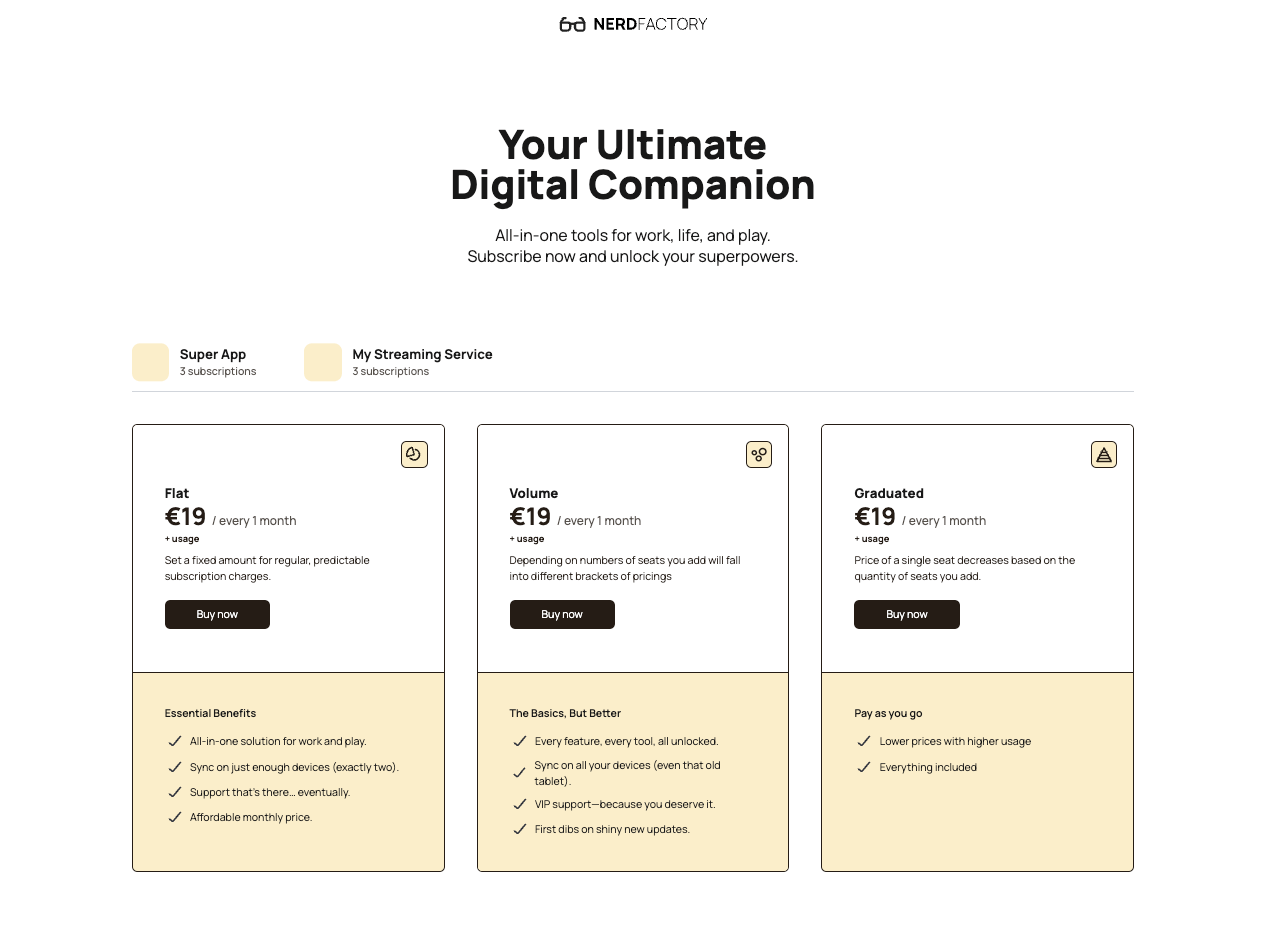
Types of Subscription Models
Choosing the right subscription model depends on the product, market, and customer preferences. Each model offers unique advantages and challenges, requiring businesses to strategically assess their offerings and customer behavior to optimize their subscription strategy.
- Product Subscriptions: Customers receive products regularly, such as meal kits, beauty boxes, or pet supplies.
- Service Subscriptions: Examples include streaming services, software-as-a-service (SaaS), and online learning platforms.
- Access Subscriptions: Customers pay for access to exclusive content or communities, often seen in news media and membership sites.
- Hybrid Models: A combination of the above, such as a SaaS company offering access to software alongside regular updates and premium content.
Case Studies: Successful Subscription Business Models
Let us use a couple of well-known subscription businesses and their use cases to clarify what we've covered so far.
Netflix
We all know about Netflix, right? It is a prime example of a successful subscription business model in the entertainment industry, one that many are trying to emulate. The funny thing is that Netflix started as a DVD rental service and transitioned to a streaming platform, revolutionizing how people consume media.
- Value Proposition: For a monthly fee, you can access a vast library of movies, TV shows, and original content.
- Customer Retention: Personalized recommendations, user-friendly interface, and original programming keep subscribers engaged.
- Revenue Model: Tiered subscription plans offering varying access levels and features, including HD and multiple screens.
NUWO
Nuwo offers a home office-as-a-service solution, enabling companies to provide their remote employees with personalized online stores (all done with Crystallize, as explained in this case study) where they can select furniture and equipment tailored to their home office needs.
- Value Proposition: For a monthly fee, a webshop fueled by Crystallize is made for their partners.
Customer Retention: Managing a customized and personalized shop.
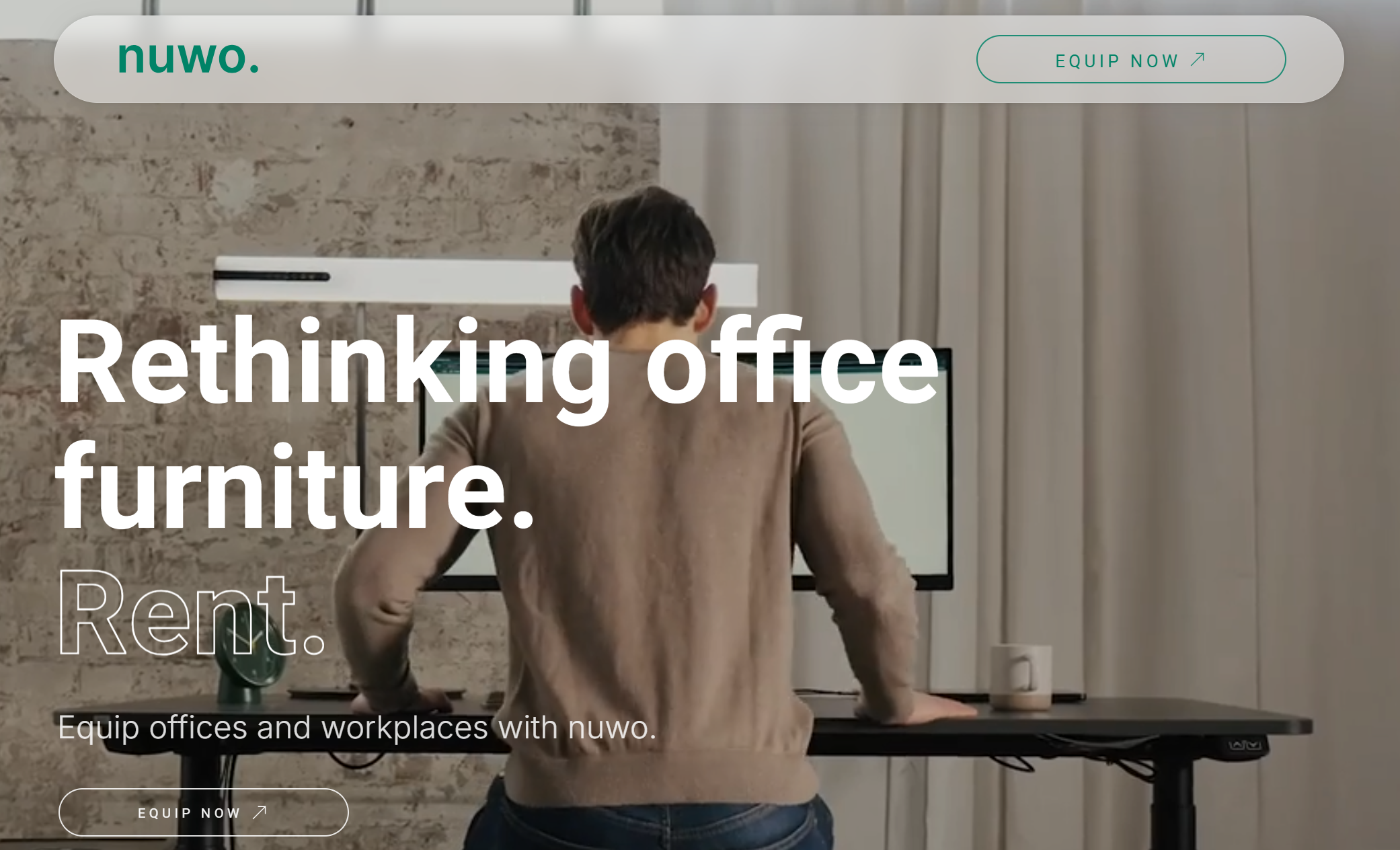
Dollar Shave Club
Dollar Shave Club disrupted the traditional razor market with its subscription-based model.
- Value Proposition: High-quality razors and grooming products delivered to your door at an affordable price.
- Customer Retention: Customizable subscription plans, humorous and engaging marketing, and a strong brand community.
- Revenue Model: Monthly subscription plans with options to add or change products based on customer needs.
Amazon Prime
Amazon Prime is a comprehensive subscription service, a mix of services and real products from different categories, and numerous benefits that come with the membership.
- Value Proposition: Free two-day shipping, access to Prime Video, Prime Music, and other exclusive deals and services like grocery shopping/delivery and book club.
- Customer Retention: Continuous addition of new features and services, exclusive content, and significant savings on shipping, etc.
Revenue Model: Annual or monthly subscription fee with the option to add additional services like Prime Pantry.
Subscription Business Metrics Every Business Should Track
We’ve covered the benefits and challenges of subscription business models and discussed use cases through the lens of a couple of widely known brands. To run a successful subscription-based business, tracking the right metrics is crucial. These subscription key performance indicators (KPIs) help measure growth, profitability, customer retention, and overall health of the business.
Monthly Recurring Revenue (MRR)
Monthly Recurring Revenue (MRR) is a critical metric representing the predictable monthly income generated from subscription services. It provides insights into a business's financial health and helps forecast future revenue.
- Example: A SaaS company, including Crystallize, tracks MRR to monitor the steady growth of its subscriber base and identify customer behavior trends. This metric helps plan expansions and scale operations.
Types of MRR to track:
- New MRR – Revenue from new signups.
- Expansion MRR – Revenue growth from upsells or add-ons.
- Churned MRR – Revenue lost from cancellations.
- Net MRR Growth – MRR after accounting for churn and expansion.
Customer Lifetime Value (CLV)
Customer Lifetime Value (CLV) measures the total revenue a business can expect from a single customer over the course of their relationship.
- Example: An online learning platform calculates CLV to determine how much it can invest in acquiring new students while ensuring long-term profitability.
A higher CLV justifies higher customer acquisition costs (CAC) and indicates business sustainability.
Customer Acquisition Cost (CAC)
Customer Acquisition Cost (CAC) is the total cost of acquiring a new customer, including marketing and sales expenses. Comparing CAC to CLV helps businesses ensure that the cost of acquiring customers is justified by the revenue they generate over their lifetime.
- Example: By optimizing ad spend and improving targeting, an e-commerce subscription box service like DollarShaveClub aims to lower CAC while attracting high-value customers.
By the way, customer lifetime value (CLV) and acquisition cost (CAC) should be analyzed together to ensure sustainable growth. The ideal CLV-to-CAC Ratio is at least 3:1 (i.e., CLV should be 3x CAC).
Churn Rate
A high churn rate can indicate dissatisfaction or a lack of perceived value. Reducing churn involves improving customer experiences, offering incentives, and addressing feedback.
- Example: A fitness subscription service aims to reduce churn and retain more subscribers by implementing personalized workout plans and providing excellent customer support.
Target Benchmarks:
- For SaaS: ≤ 5% annual churn
- For Consumer Subscriptions: 3-10% monthly churn
- For High-churn businesses (e.g., streaming services) → focus on reducing involuntary churn (payment failures).
Average Revenue Per User (ARPU)
Average Revenue Per User (ARPU) helps businesses understand each customer's revenue contribution and identify opportunities to increase it through upselling and cross-selling.
- Example: A streaming service may analyze ARPU to assess the impact of new pricing tiers and additional content offerings.
For most businesses, these would be enough. Additionally, you can track Net Revenue Retention (NRR), Trial Conversion Rate, and engagement metrics such as Customer Retention Rate, which is a percentage of customers retained over a specific period, or DAU/MAU Ratio (Daily Active Users / Monthly Active Users) which measures stickiness, or Subscription Renewal Rate which measures the percentage of customers who renew their subscription.
Grow Your Business
The concept of subscriptions isn’t new. Back in 1990, both of us were proud National Geographic magazine subscribers. Today, you can access anything from coffee to clothes to movies, music, magazines, and software via subscription.
B2B and B2C businesses are the most likely candidates to benefit from the subscription model. Think (businesses relying on Crystallize in bold) Slack, Dropbox, Netflix, Cappelen Damm, Freshworks, Aschehoug, Calendly, Crystallize, Dollar Shave Club, Kokkeløren, Nuwo, Birchbox, Farstad Coffee, or any and all newsletters and magazine subscriptions…and the list goes on and on.
The subscription model holds immense potential but is not a one-size-fits-all solution.
It is essential to carefully consider market demand, value proposition, cost structure, customer acquisition, and technology. By understanding these key aspects, you can make an informed decision about whether the subscription model is the right fit for your business.
BTW, Crystallize powers some of the world's largest subscription-based companies and understands that growth depends on how well we enable our customers to succeed.
Let us show you how our subscription engine can help your business grow. CLICK HERE and set up a personal 1-on-1 Crystallize demo. Let’s discuss your use case and take it from there.
Alternatively, why not SIGN UP for FREE, try Crystallize, and get our team's unparalleled support to help you get going.
Follow the Rabbit🐰
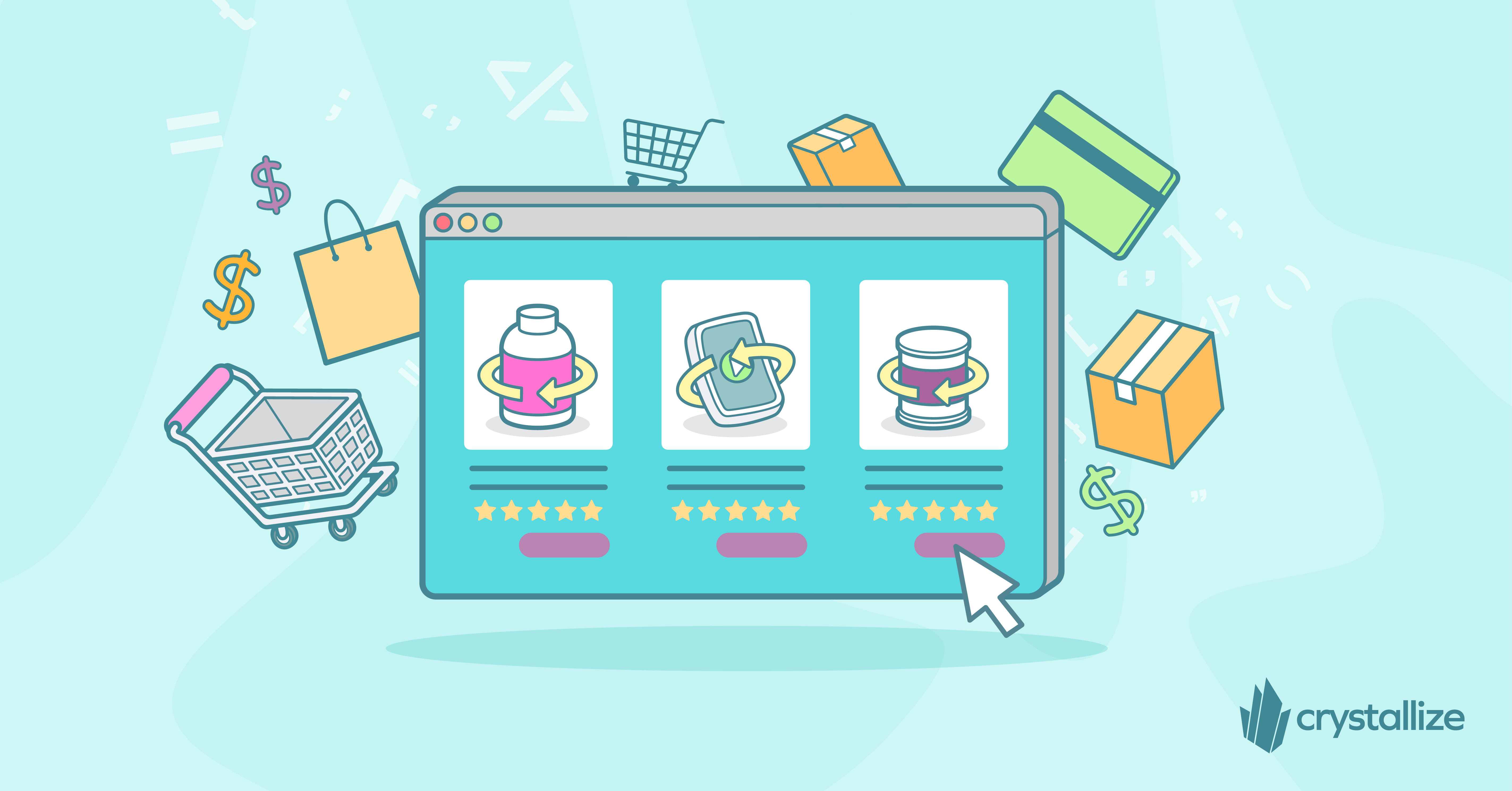
How to Sell Subscriptions?
No, we won’t tell you how to run your business. We'll share best practices that we've found most of our clients follow when selling subscriptions.
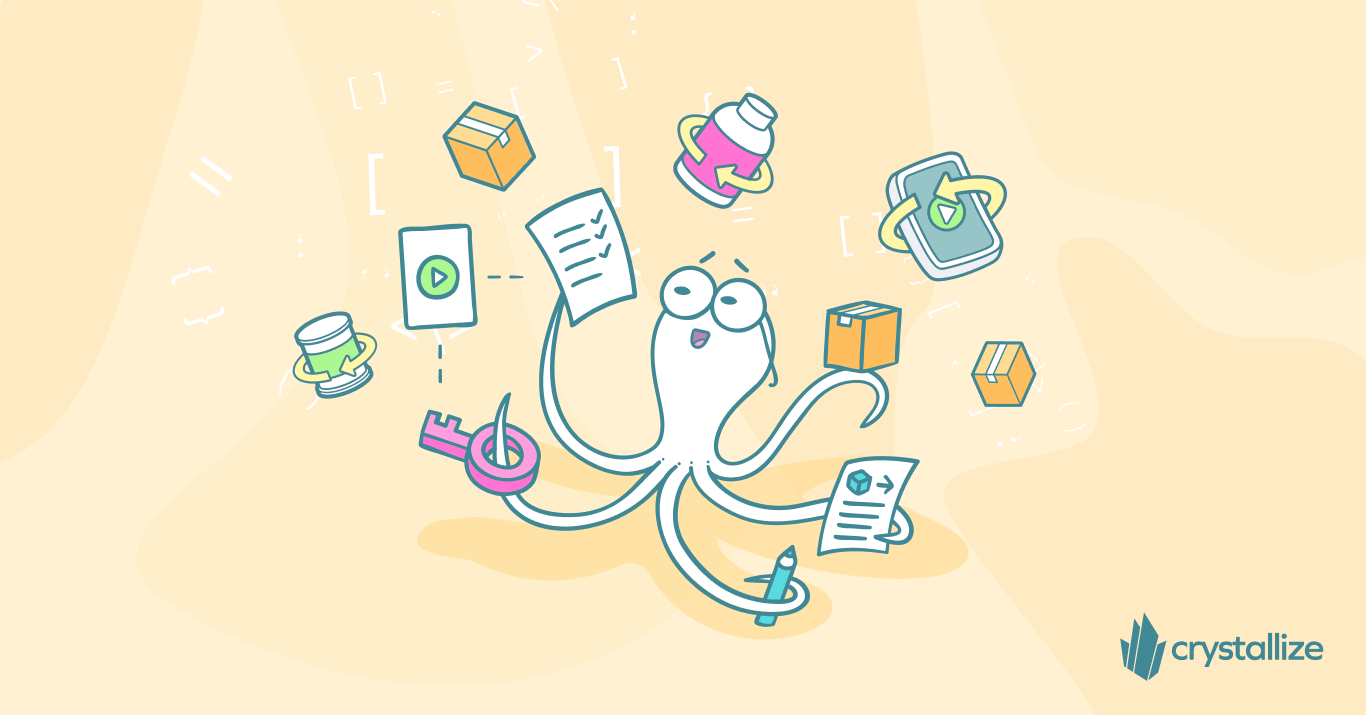
Subscriptions (API) Overview
Today, we will explore the Subscription API… how it works, and its benefits and differences from some competitors.

Subscription eCommerce: The Ultimate Guide
Subscription ecommerce business models have seen fantastic growth in recent years. With Crystallize being at the forefront of it, now is the time to dive into the ins and outs of starting, running, and scaling an eCommerce subscription business.

